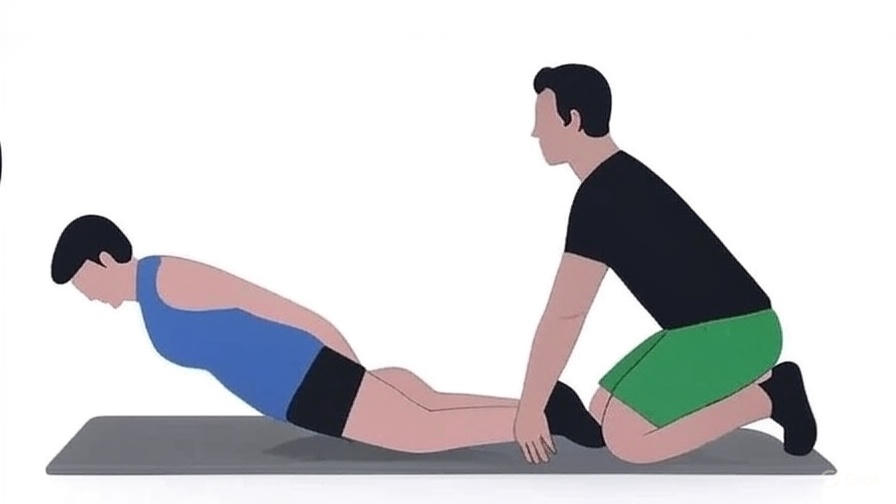
Discover how the Nordic Hamstring Exercise strengthens and protects against hamstring injuries. Learn why eccentric training is key in physiotherapy and athletic performance.
Hamstring strains are among the most common injuries in sports and physical activity — and one of the most likely to recur. For physiotherapists, addressing eccentric strength and muscle architecture is essential in both rehabilitation and prevention.
One exercise that continues to stand out in research and real-world results is the Nordic Hamstring Exercise (NHE) — also known as the Nordic Curl or Nordic Drop.
The Nordic Hamstring Exercise is a controlled eccentric movement, where the hamstrings are loaded while lengthening.
Starting from a kneeling position with the ankles secured (by a partner or sturdy support), the individual slowly leans forward while engaging the hamstrings to resist the descent. Hands can be used to catch or assist if needed.
With consistent training, the ability to lower further without hand support improves, strengthening the hamstrings through their full eccentric range.
Eccentric loading plays a critical role in both rehabilitation and performance. Here's why it's so valuable:
Most hamstring strains occur during eccentric actions — such as deceleration while sprinting. Eccentric training directly strengthens the muscles in that vulnerable phase.
Research shows eccentric exercise increases fascicle length, helping reduce strain and enhancing muscle resilience.
Regular eccentric training improves flexibility, coordination, and neuromuscular control — all vital for efficient movement and injury prevention.
Evidence strongly supports the Nordic Hamstring Exercise as one of the most effective tools for injury prevention.
A structured, progressive approach ensures safety and maximum benefit. Below are key principles physiotherapists follow:
Begin with hand support and a partial range of motion. As control and tolerance improve, increase the range and reduce hand assistance.
Training 2–3 times per week for 4–8 weeks has been shown to significantly improve hamstring strength and architecture.
Maintain a neutral hip position throughout the exercise. Avoid jerky or uncontrolled movements during descent.
Integrate NHE alongside general lower-limb strengthening, flexibility work, neuromuscular control drills, and sport-specific conditioning.
Tailor load, frequency, and volume based on injury severity, pain tolerance, and performance goals. Always monitor post-session response.
Ensure strength symmetry, neuromuscular control, and sport-specific testing before full return.
The Nordic Hamstring Exercise is one of the most evidence-backed tools for both hamstring injury prevention and rehabilitation. When integrated into a well-designed physiotherapy or sports performance program, it enhances strength, improves flexibility, and helps athletes return stronger and more resilient than before.
If you're recovering from a hamstring injury or want to strengthen your performance safely, consult Bharath at M7LW Physiotherapy & Lifestyle Wellness, Anna Nagar, Chennai.
Together, we'll build a personalised program focused on strength, recovery, and longevity.
📍 Visit us at M7LW, Anna Nagar, Chennai, or reach out to schedule an appointment and experience our comprehensive sports rehabilitation firsthand.
Categories: Sports Rehabilitation, Exercise Therapy, Injury Prevention Tags: #nordichamstring, #sportsrehab, #injuryprevention
Phone: +91 8148 66 5479
Email: m7physiocentre@gmail.com
Address: Anna Nagar, Chennai
Hours: Mon-Sat: 9:00 AM - 7:00 PM